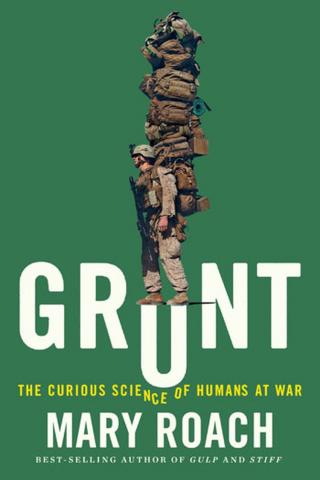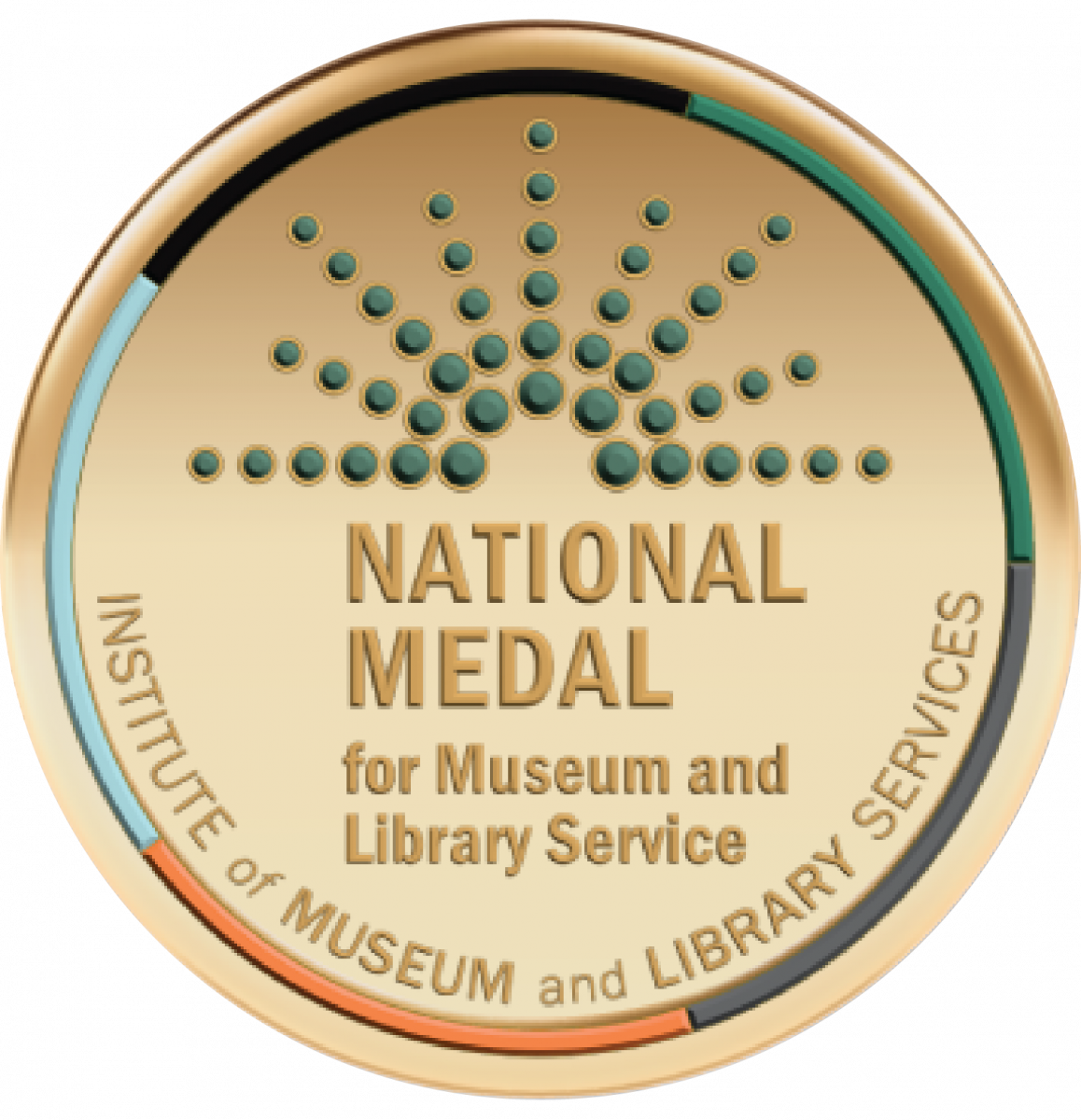Microhistories: History on a Smaller Scale

The 1893 Chicago World’s Fair was turning point in our country’s history, featuring notable appearances from Susan B. Anthony and Buffalo Bill Cody and technological innovations from Thomas Edison and Nikola Tesla. The Devil in the White City: A Tale of Murder, Magic, and Madness at the Fair That Changed America by Erik Larson shows the splendor of the fair set against the sinister doings of Doctor H.H. Holmes, a man who is believed to be responsible for numerous murders just down the road. Those familiar with Larson’s captivating books about the invention of the radio in Thunderstruck and the events surrounding the Lusitania in Dead Wake are sure to love this tale.
For those who like to be amused by interesting takes on strange subjects, Grunt by Mary Roach tackles weird, intriguing questions related to war. How is a wedding gown like a bomb suit? What does caffeinated meat taste like and why does it exist? How can we utilize ducks in combat missions? A tour of duty with Roach offers the bizarre answers to these questions, and much more.
At Home: A Short History of Private Life by Bill Bryson presents a new way of looking at the surroundings and objects we interact with on a daily basis. Presented in a clear and logical fashion, the book takes us through the varied rooms of an average home, tracing the reasons why each space of a home came to have a distinct purpose. Those interested in Bryson’s conversational style can look to One Summer: America, 1927 for further reading. Centering on a pivotal year in American life, the book contains fascinating commentary on the Lindbergh flight, a contentious presidential race, the advent of baseball and popular cinema, and the rise of Al Capone.
At first glance, a history of the periodic table may not seem like the most interesting, but The Disappearing Spoon: And Other True Tales of Madness, Love, and the History of the World from the Periodic Table of Elements by Sam Kean is filled scientific achievements accompanied by stories of obsession, adventure, and betrayal. The book breathes new life into the term ‘mad scientist’, showing how genius and madness are two sides of the same coin.

